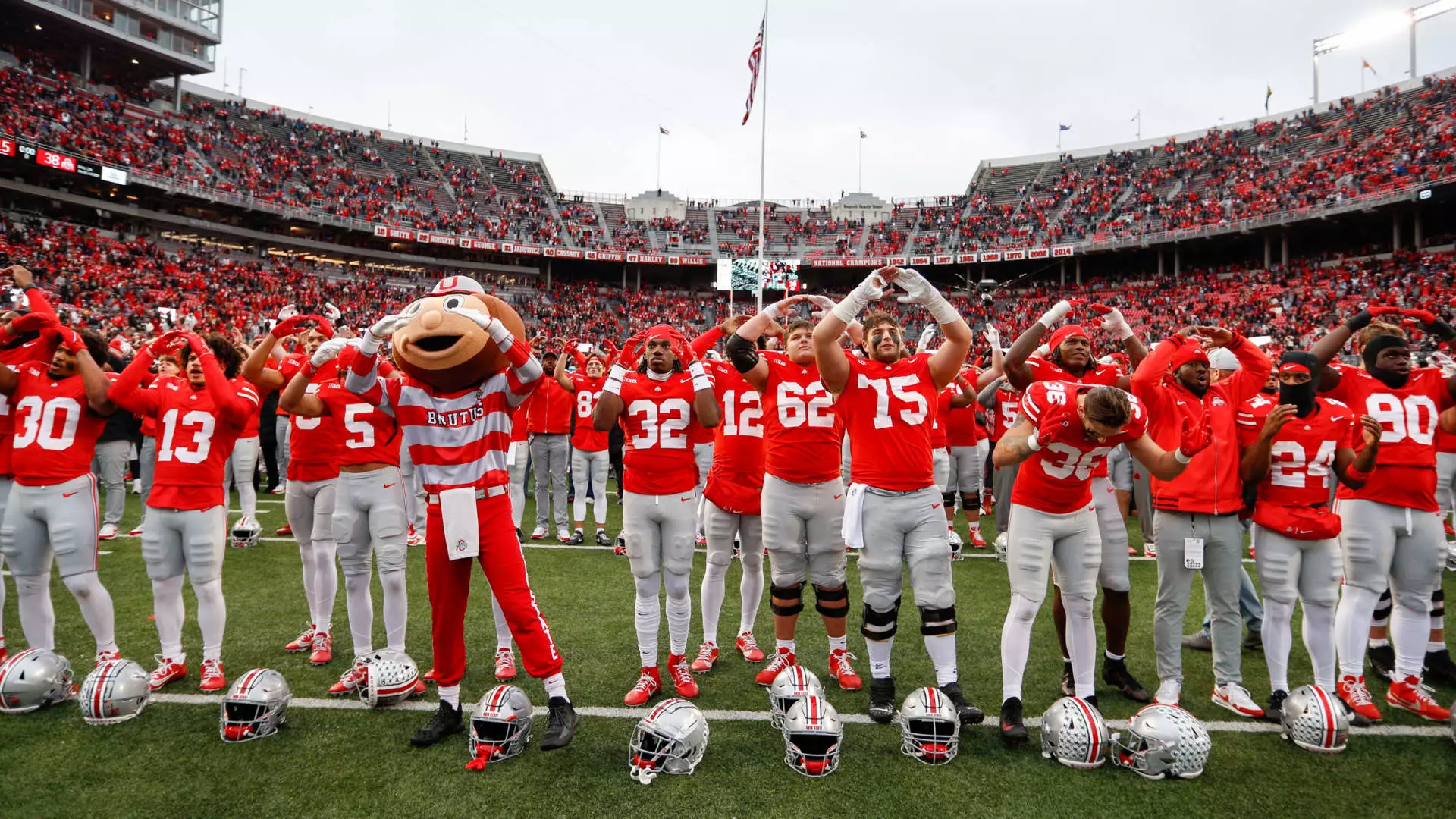The realm of collegiate athletics has burgeoned into a lucrative industry, amassing revenues amounting to billions each year. As private investors set their sights on this lucrative sector, a pivotal question emerges: What is the actual worth of a collegiate sports program? Recently, CNBC undertook the challenge to quantify this value, engaging with experts within the private equity sphere. In doing so, they delineated the top 75 collegiate athletic programs based on various financial metrics and intrinsic qualities associated with these institutions.
The increasing commercial viability of college sports is prompting substantial interest from private equity investors, eager to capitalize on a growing market. With extensive media rights deals and a swelling demand for both sports entertainment and collegiate branding, the potential financial returns from college athletics have never been more appealing. The ability to generate revenue from ticket sales, merchandise, and television contracts positions college sports programs as attractive investment opportunities.
As noted in the CNBC report, the valuation of these athletic programs hinges on several critical factors, including annual revenue, alumni engagement, and institutional support through donations and sponsorships. Such elements culminate in a robust financial profile that can entice potential investors.
At the summit of this ranking stands Ohio State University, with an estimated worth of $1.27 billion. Bolster by formidable revenue streams—reported at $280 million in 2023—the Buckeyes have established themselves as a force within collegiate athletics. The school benefits from an extensive alumni network, boasting over 600,000 members, which amplifies its fundraising capabilities. Moreover, their fan base exceeds 11 million, ensuring significant attendance at sporting events, particularly football games, which regularly draw crowds of over 100,000.
However, it’s important to recognize that while Ohio State holds the crown, it is not isolated. The interdependencies within conferences such as the Southeastern Conference (SEC) and Big Ten dramatically influence the overall valuation of athletic programs. These conferences have secured extensive media rights deals, contributing to the financial clout of their member institutions, which further entices prospective investors.
The SEC and Big Ten emerge as the heavyweights in this space, together commanding a staggering collective valuation. The SEC alone is worth an astonishing $13.3 billion—a staggering average of $832 million per school—while the Big Ten is valued at $13.2 billion, averaging $734 million per institution. Following closely behind are the Atlantic Coast Conference (ACC) and the Big 12, valued at $9.6 billion and $6.7 billion, respectively. These figures underline not only the strength of these conferences in generating revenue but also the cascading effect this has on their member programs.
The valuation metrics used in determining these figures are rooted in empirical data, including revenue statistics sourced from the Department of Education’s Equity in Athletics Data Analysis and the Knight Commission on Intercollegiate Athletics for FY 2023. These components signal that the health of college athletics is not merely derived from institutional prestige but also from methodological revenue analysis.
To craft a comprehensive view of athletic program evaluations, CNBC collaborated with industry experts and utilized data from AthleticDirectorU, an organization providing insights into collegiate athletics’ financial intricacies. The valuation process was no straightforward task; it began with a base revenue multiple of four for all programs and underwent fine-tuning based on vital variables such as conference affiliation, funding through name, image, and likeness (NIL) opportunities, and institutional alumni presence.
Ultimately, this nuanced approach produces a clearer understanding of how college athletic programs can evolve financially and what factors may signal growth potential. As the market continues to develop, it is imperative for institutions to keep their eyes on strategies that harness not only current revenues but also future financial sustainability.
The landscape of college athletics is at a notable crossroads. With persistent growth in revenue generation and escalating interest from private investors, the valuation of college sports programs becomes increasingly significant. As institutions continue to navigate this complex market, understanding the components that contribute to their financial health will be critical. Whether you’re an investor, a university administrator, or simply an enthusiast of college sports, the evolution of these valuations will shape the future of collegiate athletics for years to come.


Leave a Reply